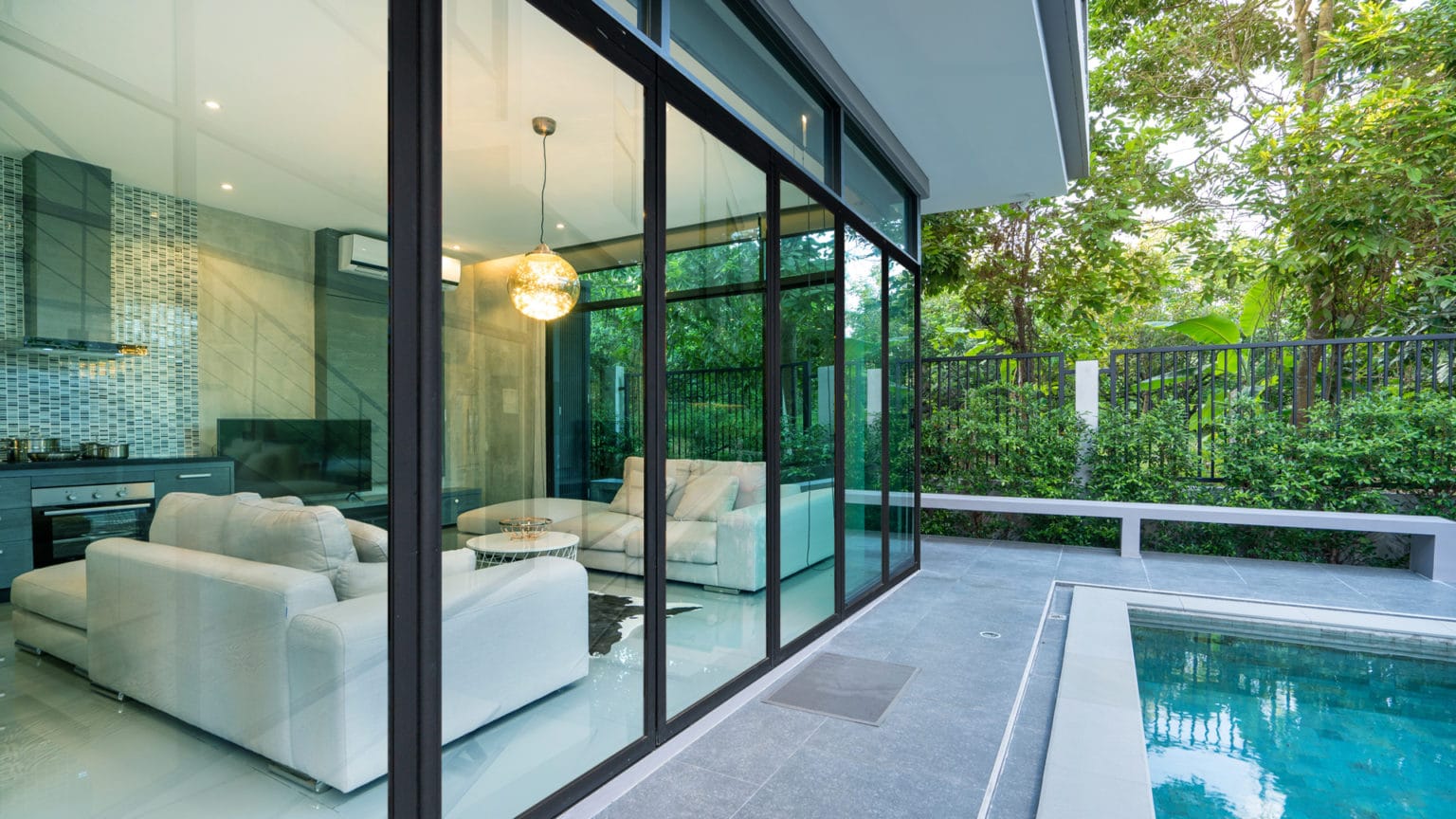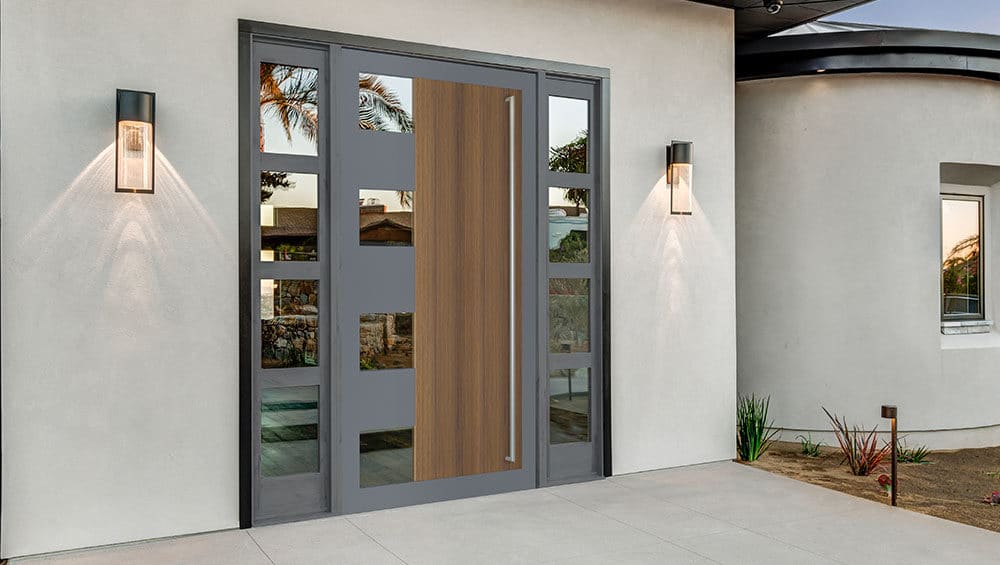The Art of Creating Glass
Jul 20, 2020
At Panda Windows and Doors we know and love glass. Most of our products showcase a generous amount of it.
This week we’re deep diving into the topic of industrial sheet glass production. We hope you’ll agree, the process behind making it is as amazing as the final product.
The History of Glass Production
Up until the 19th century, flat glass panes (such as those used in windows) were typically made using a “cylinder method”; 6 – 8ft cylinders of glass were blown, cut open, and flattened out to create large sheets from which the glass would be cut. These cylinders would generally be 10 – 14” in diameter, meaning that the width of the panes that could be produced were severely limited. Many early windows had transoms and mullions in their designs to accommodate these small panel sizes. Other production methods included casting a large puddle of glass onto an iron surface and polishing both sides, or drawing a thin sheet of glass upwards from a puddle of glass and holding it with rollers until it cooled. Both of these methods were expensive and did not create perfectly smooth glass, but they continued to be used into the 20th century until other forms of sheet glass making were perfected.
In 1848, Henry Bessemer patented a process for producing a continuous ribbon of glass by pressing the ribbon between rollers. Unfortunately, this method was overly expensive at the time. If the glass could be set on a perfectly flat surface (like a motionless pan of liquid), the costs would have been reduced. This was attempted with a bath of molten tin, a substance denser than glass that was calm at extremely high temperatures, but this method was still too under-developed at the time to produce mass quantities of glass. This marked the beginning of the development of the float-glass method which would be used more successfully by the UK’s Pilkington Brothers in 1953. They perfected this method and licensed it worldwide in the 1960s, replacing previous methods of production. It is still used in large-scale flat glass manufacturing today.

The Modern Process of Glass Production
The modern process is fairly simple. Raw materials used for making glass (sand, soda ash, dolomite, limestone, sodium sulfate, etc) are mixed together in a batch process along with recycled waste glass and fed into a massive furnace. Here the 1200 tons of glass is heated to 1500 °C, and then stabilized to 1200 °C; it is still molten in this state, but it has a more homogeneous relative density which helps create a uniform sheet when poured.
The molten glass is then fed over a ceramic lip into a tin bath that is 10-14ft wide and around 150ft long. The amount of glass being poured is controlled by a gate called a tweel. Tin is one of the few substances suitable for the float glass method because of its molecular properties. It has a higher relative density than glass, allowing the material to float on top, and is immiscible with molten glass. Unfortunately, tin readily oxidizes in normal atmosphere so to prevent this, the tin bath is covered in a positive pressure protective atmosphere of nitrogen and hydrogen.
Once it’s been rolled onto the tin bath, the glass gradually decreased in temperature until it reaches approximately 600°C. It can now be removed from the tin, placed on rollers and moved into a kiln where it continues to cool and anneal so it won’t crack from the temperature changes. Once it exits the kiln, it can be cut by machines to whatever size is required.
At Panda Windows and Doors we are incredibly thankful for the developments in glass making over the years – our massive systems simply wouldn’t be possible without them.
If you would like to learn more about adding our beautiful folding or sliding doors and windows to your home or business, we invite you to reach out today.














